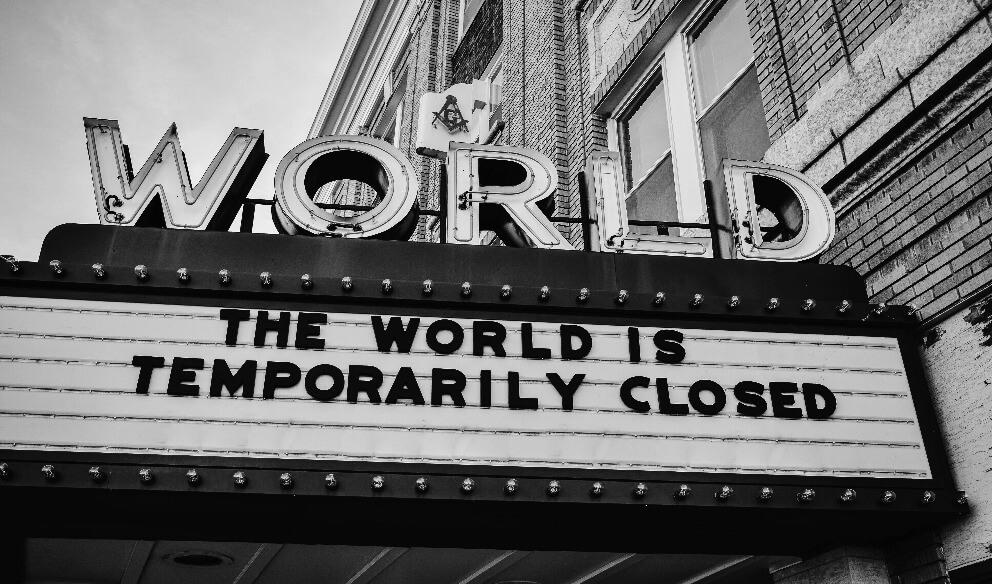
Innovation Theatre
It turned out, of course, to be a smash hit. Not only did the production end up on Broadway just a few months later, but it went on to win just about every award in theatre and playwriting, including 11 Tony Awards and a Pulitzer. All while beating all box office records with $1 billion US in ticket sales.
In 2015, The Guardian wrote that Hamilton “is the kind of transformative theatrical experience that has only happened a few times in the history of American musicals.”
Why did I pick Hamilton to discuss in a blog about innovation?
I recently had the pleasure of a Zoom call with none other than Jeanne Liedtka, one of the world’s leading experts on innovation, Professor Emeritus at the University of Virginia Darden School of Business, and author of numerous books as well as publications in the Harvard Business review. For her, Hamilton offers the perfect balance between the traditional devices an audience expects from musical comedy and ambitious, radical innovation that shatters the genre.
This play perfectly displays the talent and work of visionary playwright Lin-Manuel Miranda—who knew exactly how to help his team mitigate risk and innovate in order to create something truly spectacular.
Theatrical innovation… or innovation theatre?
The key difference between Hamilton and a large number of organizations is that the former sets the stage for theatrical innovation, while the latter practices what we today call “innovation theatre.” Theatrical innovation is what shakes up paradigms and sets new standards. Innovation theatre—or the way a company produces innovation, sometimes under false premises—creates a potentially harmful inertia and false sense of accomplishment.
Innovation theatre takes various forms and is generally performed by managers who are deathly afraid of risk and do not deal well with mistakes or new ideas. This manager gives the impression that their organization makes room for innovative projects, and may even believe their own innovation theatre. But in reality, this manager:
- limits innovation to the R&D department
- dedicates little or no budget to initiatives geared towards discovering new ideas
- jumps immediately to the strategic planning stage, skipping right over the key phase of innovation
- criticizes innovative ideas that cannot be supported with numbers (Remember: By definition, you can’t prove innovation using numbers!)
- reprimands mistakes instead of recognizing and praising the learning process
And if an innovative project happens to see the light of day in that organization, the scene is set for failure—say, by giving it to a team that’s already at 100% capacity. When the project inevitably fails? The manager pats themselves on the back for having had the foresight to limit the damage, and tells themselves “Never again!”
Praising failure
This kind of innovation theatre isn’t entertaining—it’s harmful. It leads managers to believe their company is progressing while, in fact, it stagnates and underutilizes its potential.
So I asked Jeanne Liedtka: Why does innovation theatre even exist? Because managers really are like stage directors. They have to put on a production in front of a seasoned and demanding audience made up of clients, stakeholders, members of senior management, colleagues, bankers, industry players, and more.
However, most managers grew up in a culture dedicated to increased performance—where, at school, you put your hand up in class not to share an idea but to provide the right answer. There was 0 room for mistakes. In fact, wrong answers were shameful. Seen through this lens, taking the risk to try out an innovative idea could result in failure, so it’s better not to try at all. That thinking pushes managers to remain in their comfort zones, stick to what they know, and set the stage for a new idea that looks surprisingly like the one they produced the year before, and the year before that. When we exert too much control over innovation, what we end up with is stagnation.
What if the audience gets tired of seeing the same old show? But—argue many managers—they loved the similar idea that premiered the year before! That’s when the organization, and maybe even the career of the manager in question, begins to lose momentum and peter out.
According to Professor Liedtka, the modern manager must not be afraid that their idea might flop. In fact, it is in their best interest to learn how to tame and welcome failure, and to create a framework that’s conducive to error. They must:
- integrate a rigorous methodology like Design Thinking, which leaves space for failure while controlling spillover
- democratize innovation at the heart of their organization, and not just in the R&D department (everyone in the organization is a vector for innovation!)
- modify their team’s vocabulary (a mistake is a learning opportunity!)
- quantify their risk aversion and communicate this to their team. At Poudre Noire, we apply the 80% – 20% method to every project and mandate (80% of the process is what we already know + 20% is to test out new ideas)
- systematically debrief at the end of every project and allow everyone to share what they’ve learned
- take a moment every week/month so their team can step back and work on some of the organization’s challenges
- leave room for ideation during strategic exercises, rather than imposing quantitative and budgetary restraints
Setting the stage for failure is hard. Our clients will tell you that. It’s counter intuitive. But as Jeanne Liedtka—who considers herself an extremely pragmatic manager focused on success—would say, there are ways to systematize failure and innovation.
Raise the curtain on your own production with methodologies like Design Thinking!




















